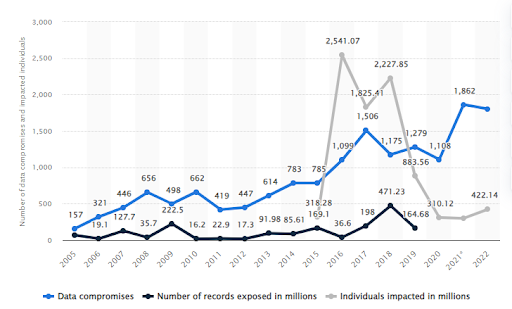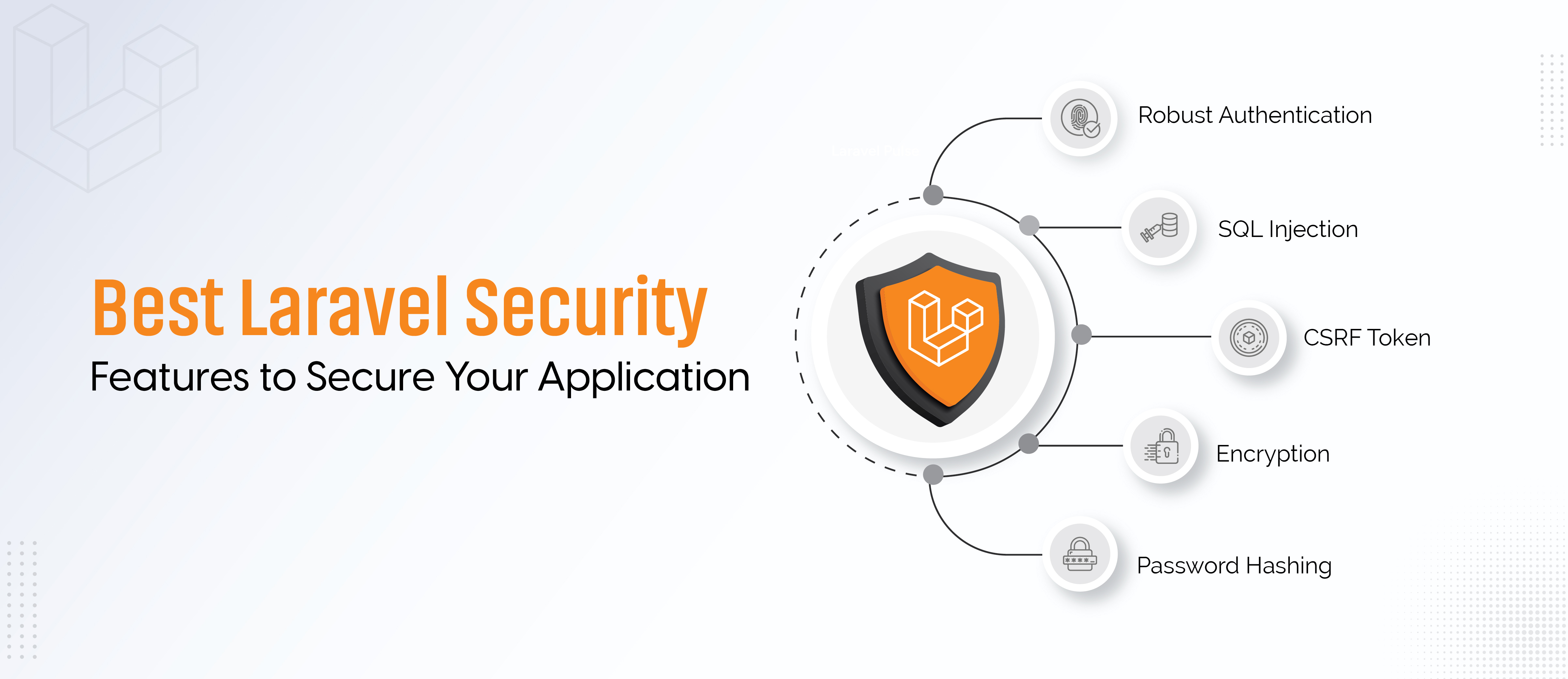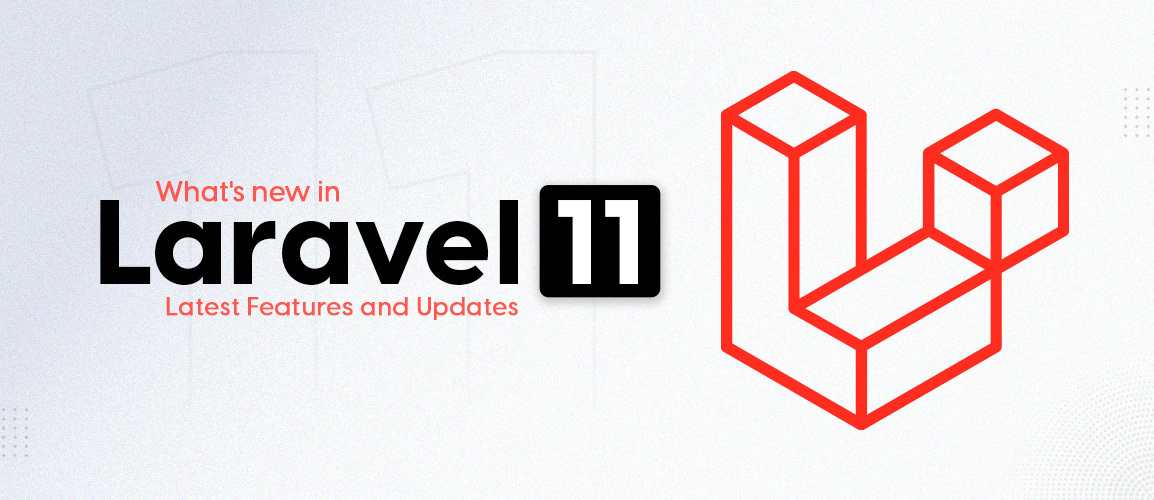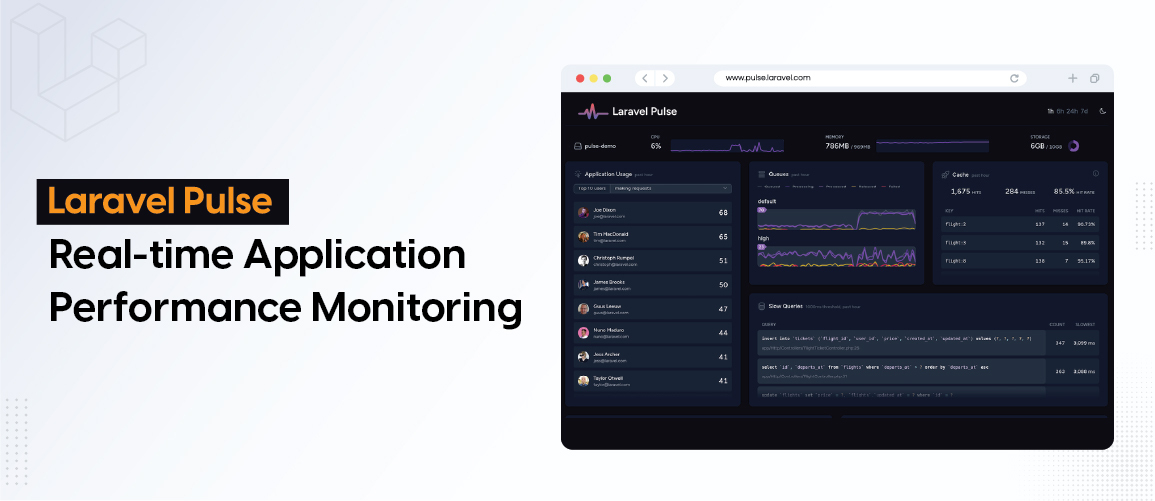Best practices to secure your Laravel web application.
Have you ever felt the need to write repetitive PHP code for basic tasks like authentication, routing, or database interactions?don't worry, there are lots of developers who have been there, who are suffering pain and injects of this process.. Well, buckle up, because Laravel is here to answer.
This Laravel open-source PHP framework takes the work out of building modern web applications, allowing you to focus on what truly matters – creativity and innovation.
In this comprehensive guide as your roadmap to securing your Laravel applications like a seasoned pro. We'll delve into the best practices and pro tips that transform your code from vulnerable castle doors to ironclad bastions against malicious attacks.
With the increase of cyber threats it is important to apply security measures for your Laravel Web Application. Every Day, an Estimated 30,000 Websites Are Compromised Globally. Almost all (to be precise, 95%) of cyberattacks are due to human error. Hence, securing Laravel web applications is important to protect user data and prevent unauthorized access.
Why Laravel Revolutionizes Web Application Development Next Level ?
Laravel is Well Known for its expressive syntax, built-in features, and focus on security.
Effortless Security: Laravel prioritizes security, baking in features like CSRF protection, secure password hashing, and input validation.
Feature-Rich Ecosystem: From authentication and authorization to routing and database interactions, Laravel provides a comprehensive set of tools right out of the box.
Thriving Community: Laravel boasts a passionate and supportive community, always ready to help and share knowledge.
Why is Laravel Security Important?
Have you found yourself with the question "Why should we bother with Laravel security?" The answer to this question is web applications are primary targets for cyberattacks, with the ability to compromise sensitive data, unknown operations, and damage reputations. in the result can be severe both financially and legally.
Laravel applications face various security risks such as XSS, SQL injection, CSRF attacks, and unauthorized access. These vulnerabilities can result in data breaches, compromised user details and legal consequences.
I suggest covering almost 90% of your application.
Best Security Tips For Laravel
Let's look into practice in detail to ensure the protection of your application from potential threats.
Keep Everything Updated
This may be mandatory, but important! Regularly update Laravel itself, its dependencies, and third-party packages to patch known vulnerabilities. Automation tools can streamline this process.
You can update with this command prompts -
$ composer update
Implement Strong Authentication and Strong Security
An Open Source Laravel has a built authentication system that gives you user registrations, login, logout, and password. These authentication functions play a crucial role in ensuring that routes are protected. Laravel achieves this by employing middleware to authorize and govern user actions based on their permissions. This robust authentication mechanism not only streamlines user management but also enhances the security and integrity of the application.

Image: Source- statista.
As the internet keeps expanding with lots of new possibilities, it has merits and demerits, with the rise of numerous cyber criminals seeking to exploit stolen credentials and making continuous data breaches, it is important to implement secure authentications and maintain the integrity of user data.
For Example :
Route Protection with Middleware:
Route::get('/dashboard', function () {
// Only authenticated users can access this route
})->middleware('auth');Authorization with Middleware:
Route::get('/admin/users', function () {
// Only users with the "manage-users" ability can access this route
})->middleware('can:manage-users');Setting up proper user input
Never trust unknown user input! Malicious actors can inject code or manipulate data through forms, URLs, and other channels.
Validate all user input: Use Laravel's validation tools to ensure data meets specific criteria before processing it.
Escape output: Sanitize any data that will be displayed or used in queries to prevent XSS attacks.
You can use statements to avoid rows SQL Query and prepare statements with parameter data to prevent SQL injections.
Prevent Cross-site request forgery (CSRF) attacks to Secure Application
CSRF protections enable the automatic generalization and verification of CSRF tokens to prevent attacks. CSRF tokens are always useful in From and Ajax requests.
Prevent Xss (Cross Site Scripting)
XSS are potentially and main threat in the realm of Web app development, ,as laravel developer you need to safeguard your applications from XSS attacks it is not just best practices, but it is important to ensure the security and integrity of Data
Best Practices to XSS Prevention
Here are a few concise code examples demonstrating Laravel's authentication features:
Use Blade's Escaping:
<p>{{ $userInput }}</p>Use of Content Security Policy (CSP) headers
CSP Headers act as a digital guard around your laravel application, which dictates resources can be loaded and executed. This proactive approach mainly reduces attacks from XSS and SQL injections.
Laravel simplifies the process of configuring these headers within middleware.
Here see how ?
public function handle($request, Closure $next)
{
// Allow the request to continue through the middleware stack
$response = $next($request);
//Set CSP header to content source
$response-> headers->set(' Content-Security-Policy' ,"default-src 'self");
// Return the modified response
return $response;
}Secure Your Database
Use strong passwords for database users, grant least privilege, and encrypt sensitive data at rest and in transit. Consider separate databases for production and development environments.
You can secure your database using this query example :
$users = DB::table('users')->where('status', 1)->get();Pro-tips to Secure your Laravel Web Application
Securing SPAs with Laravel Sanctum
Single-Page Applications (SPAs) present unique security challenges. Enter Laravel Sanctum, your secret weapon for SPA authentication. Sanctum offers a robust API-based authentication system, replacing traditional session-based cookies with secure access tokens.
Updating Like a Pro
Staying ahead of security threats hinges on keeping your Laravel ecosystem up-to-date. This includes Laravel itself, its dependencies, and third-party packages. Outdated versions might harbor vulnerabilities, acting as backdoors for malicious actors. Embrace automation! Schedule automatic updates for Laravel core releases and consider security vulnerability scanners to identify outdated dependencies.
Logging, Monitoring, and Auditing
Maintaining detailed logs, implementing robust monitoring, and conducting regular security audits are important for early detection of security incidents in Laravel applications.
Conclusion
By implementing these best practices, you can create a multi-layered security approach that addresses various aspects of securing your Laravel web application. Laravel security best practices are important to secure your web application against threats and vulnerabilities.
So start implementing the above-listed security approach to improve the security of your Laravel applications. These measures will help to protect Laravel web applications, thereby minimizing the risk of security breaches and ensuring a secure digital environment for users.






Comments and Responses